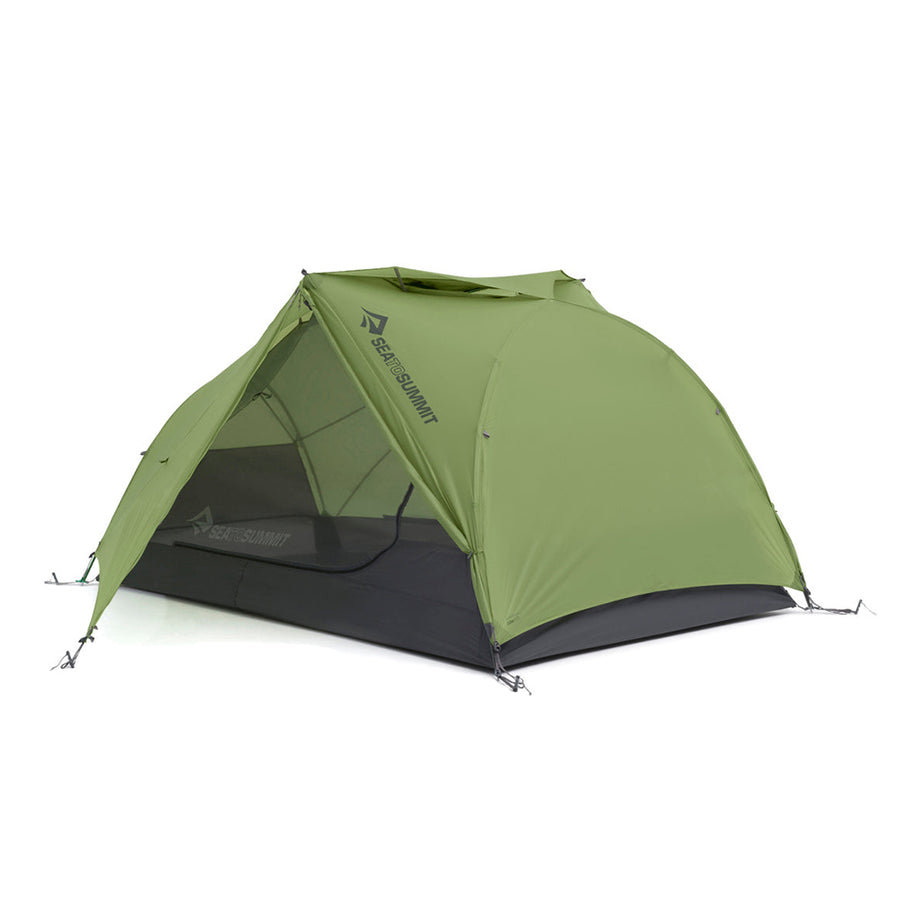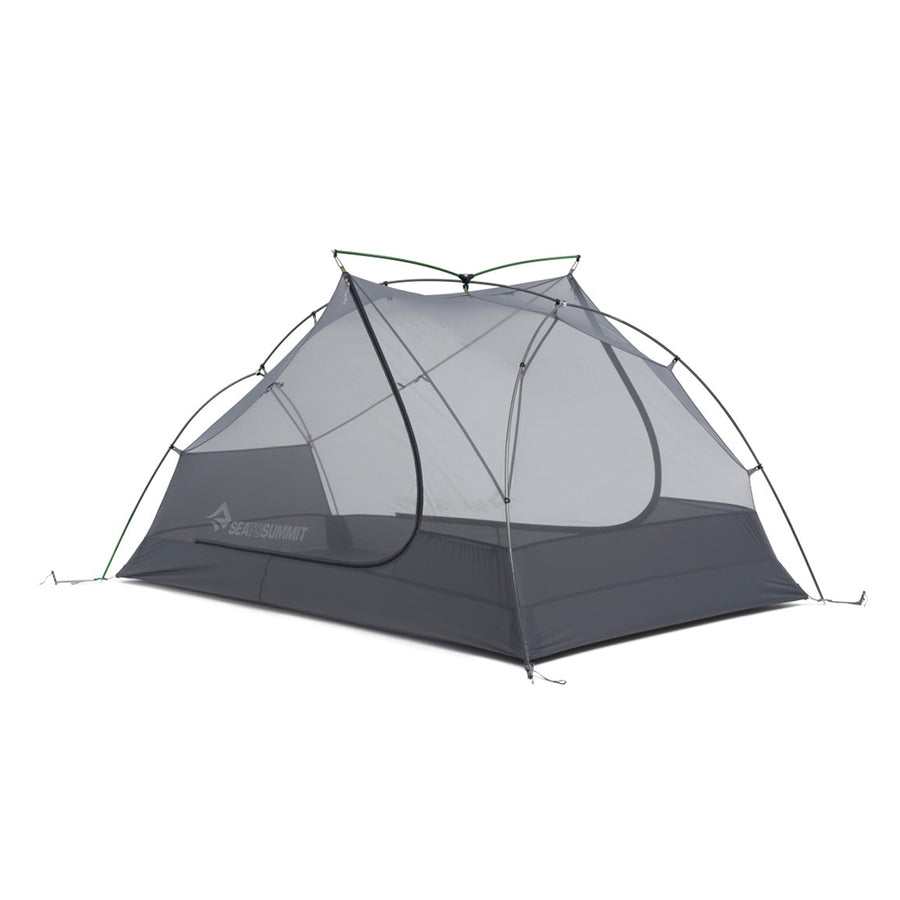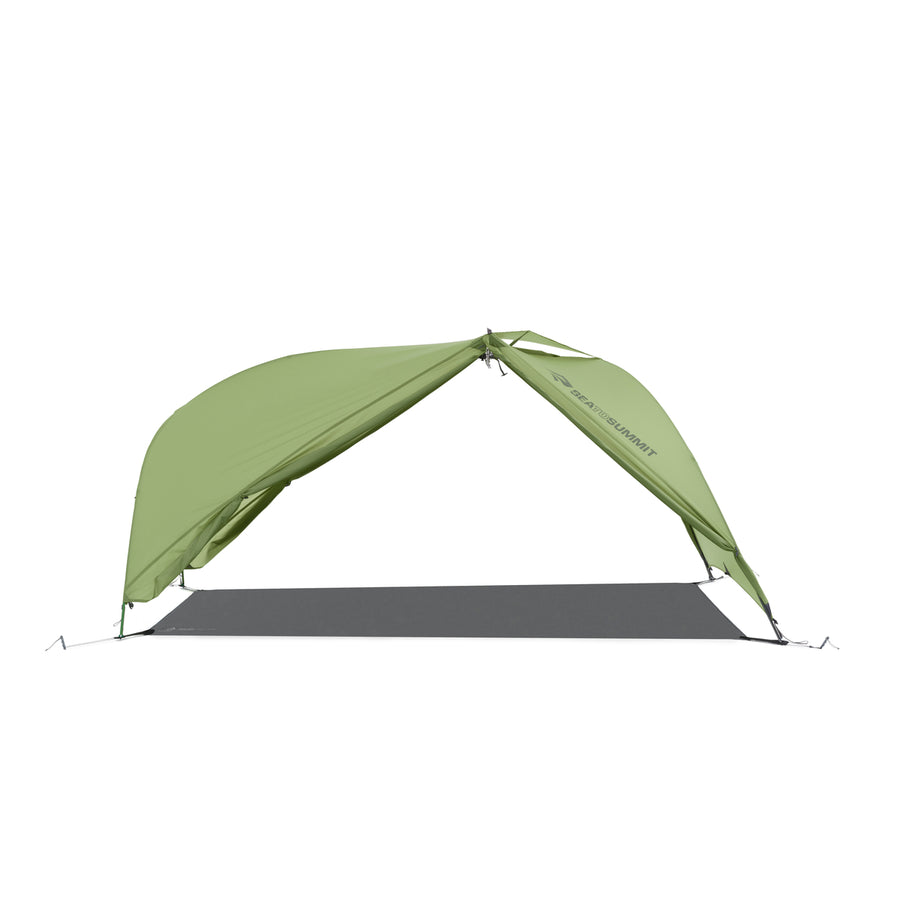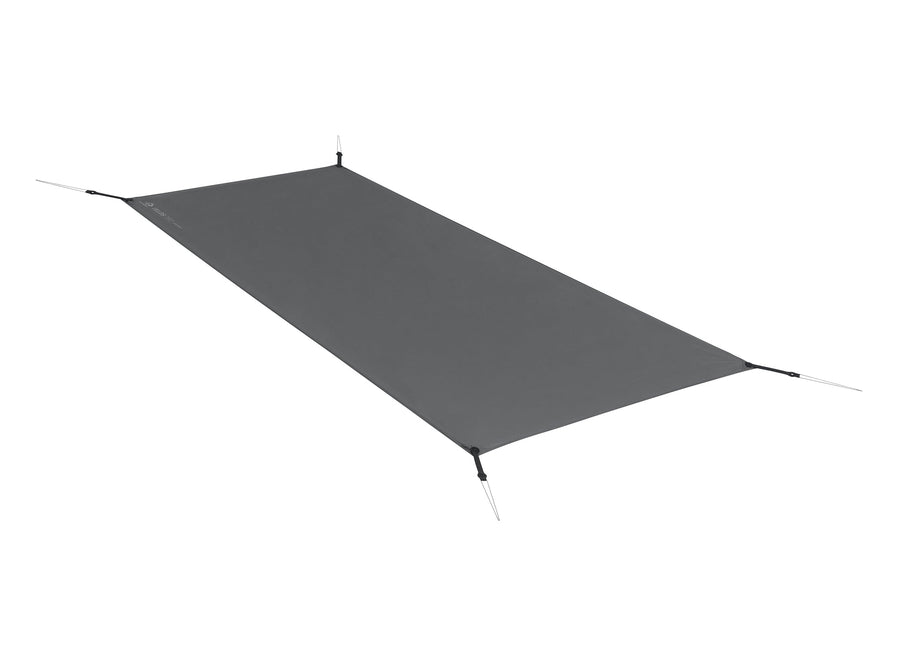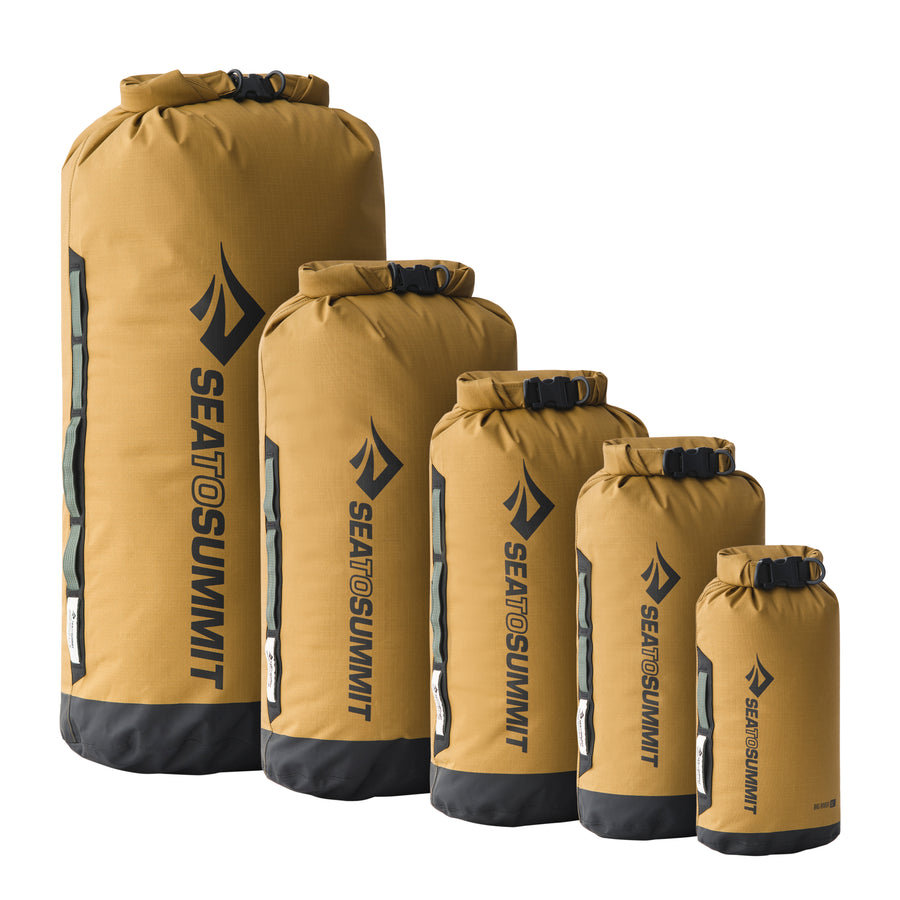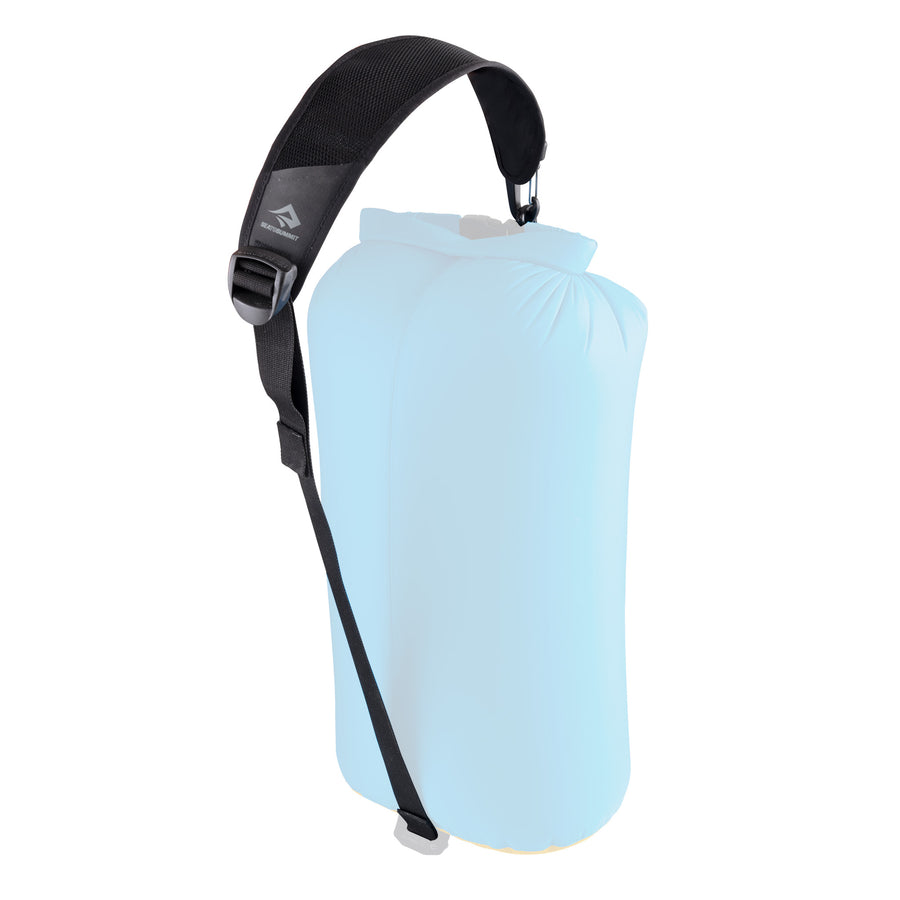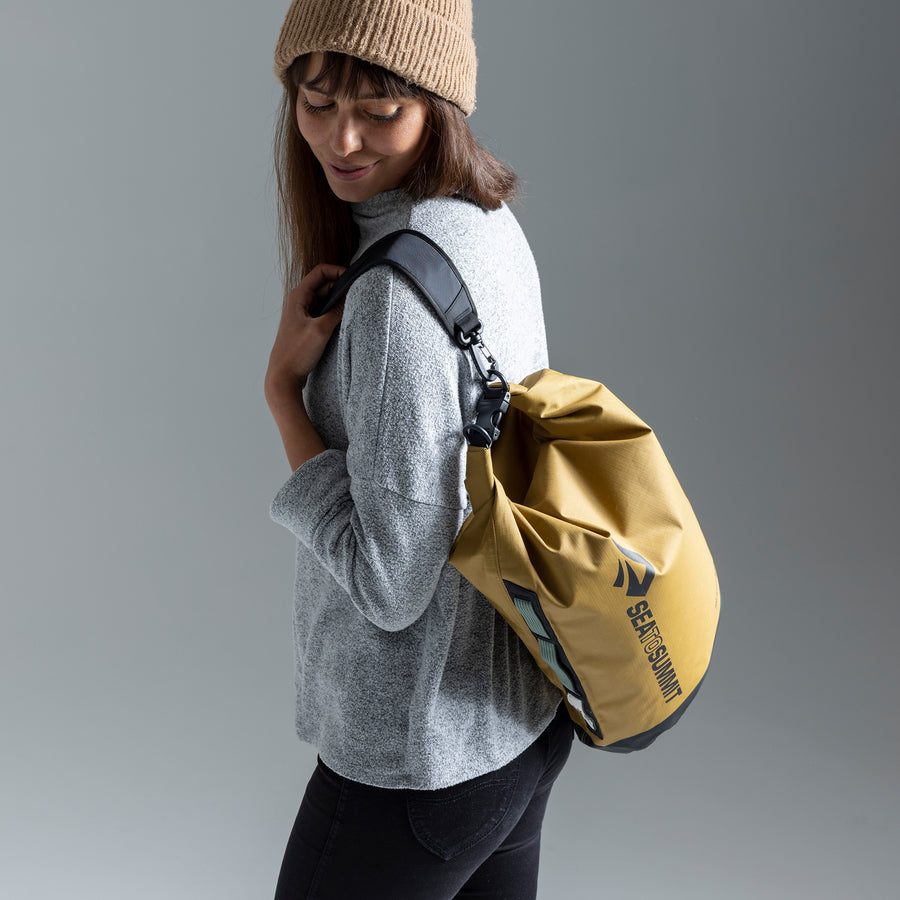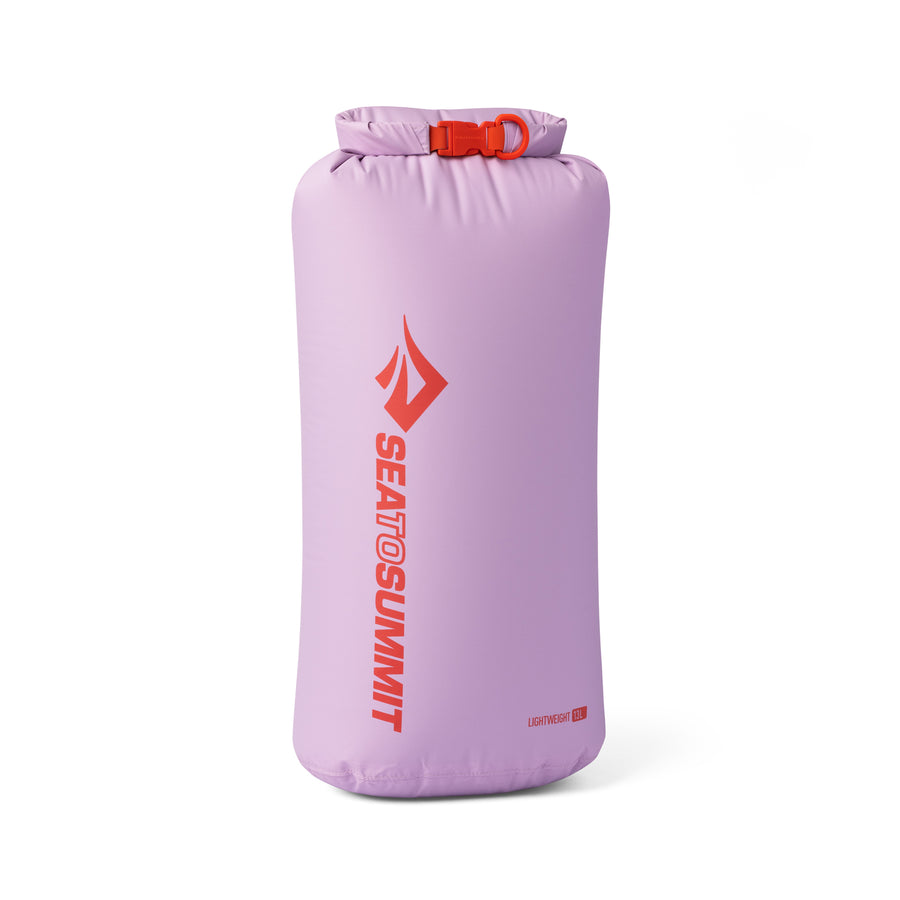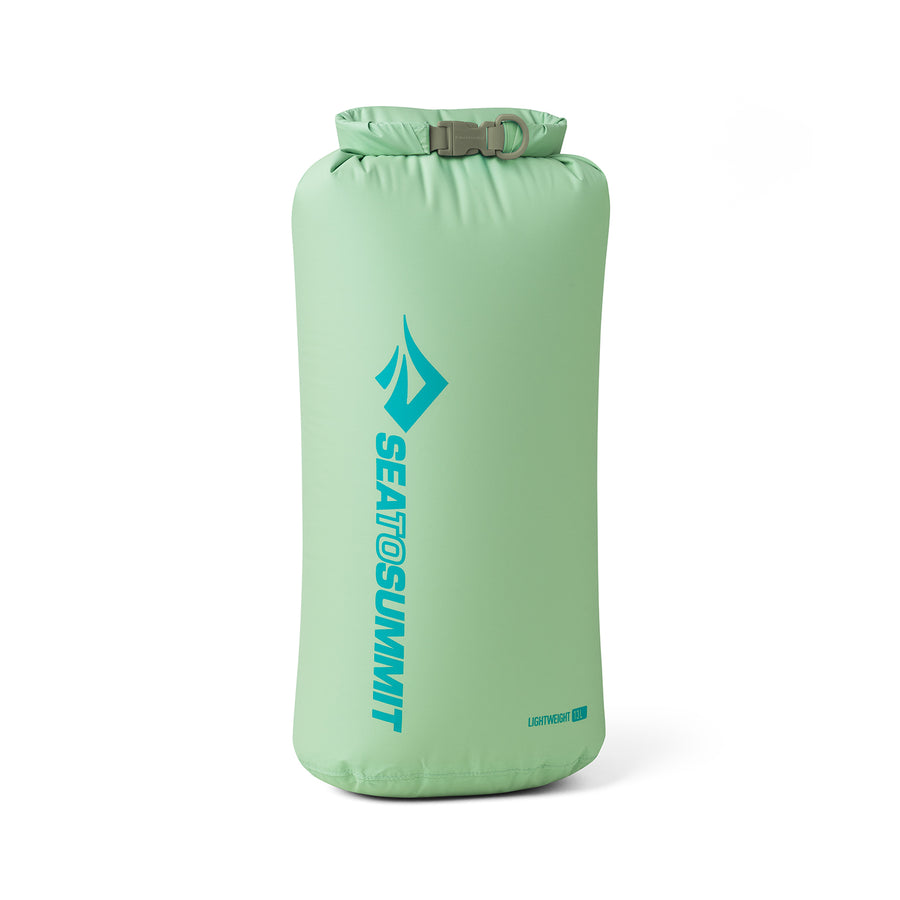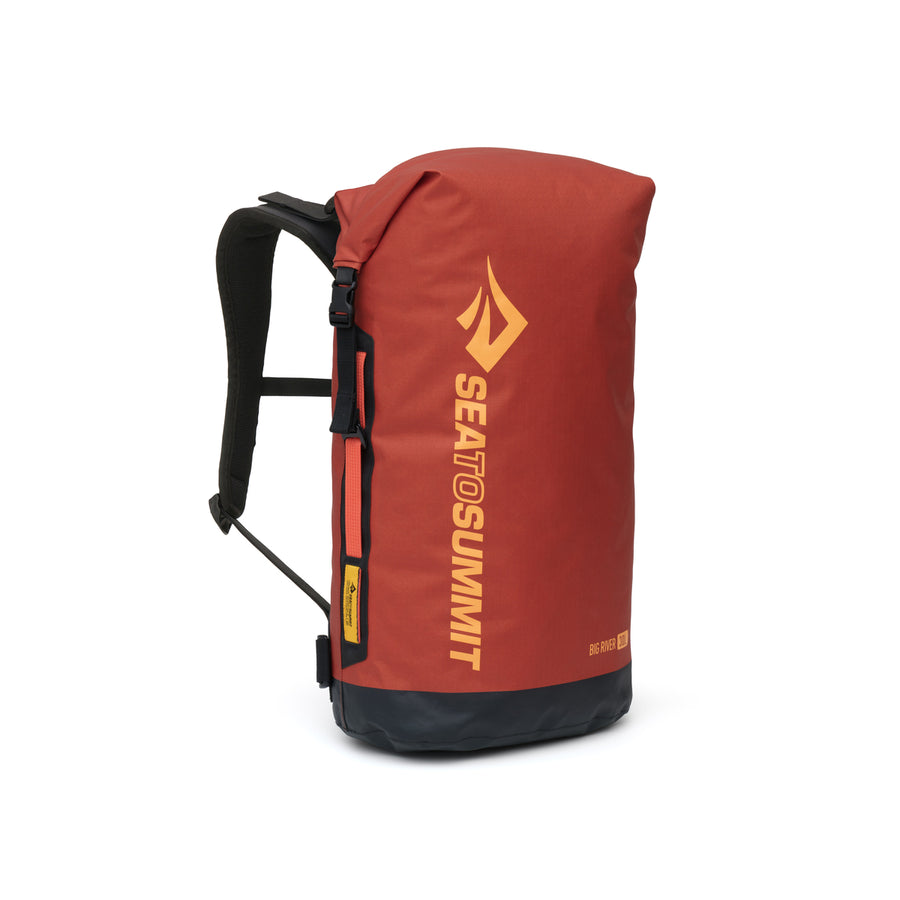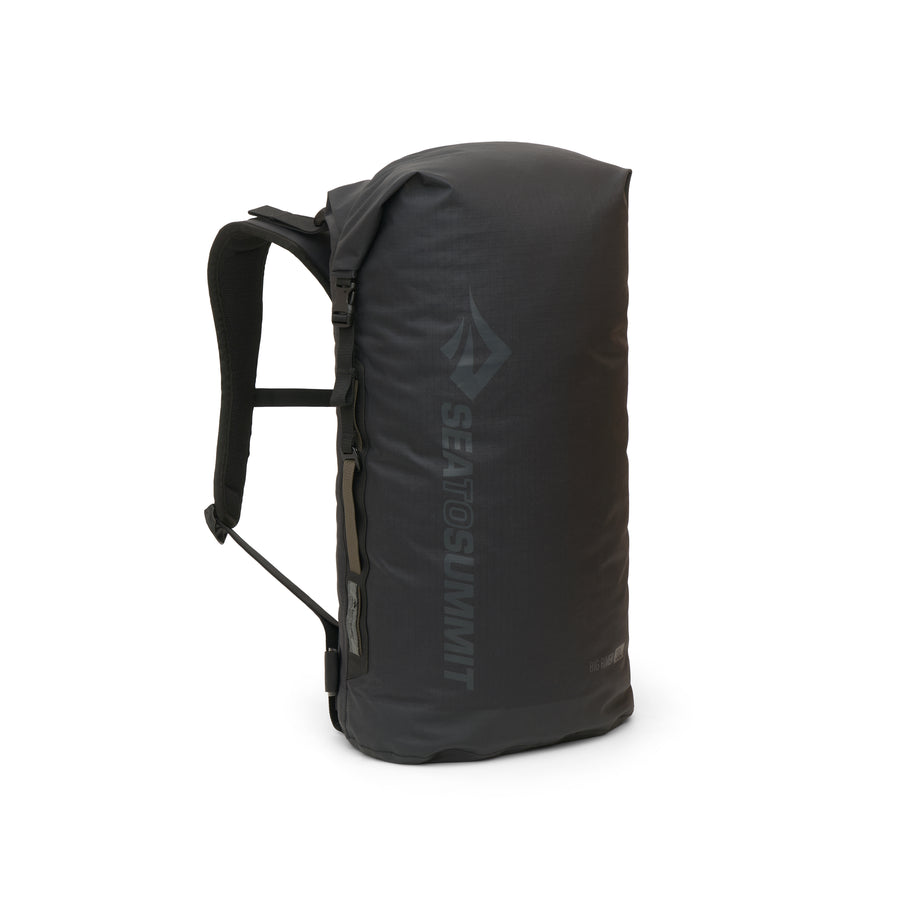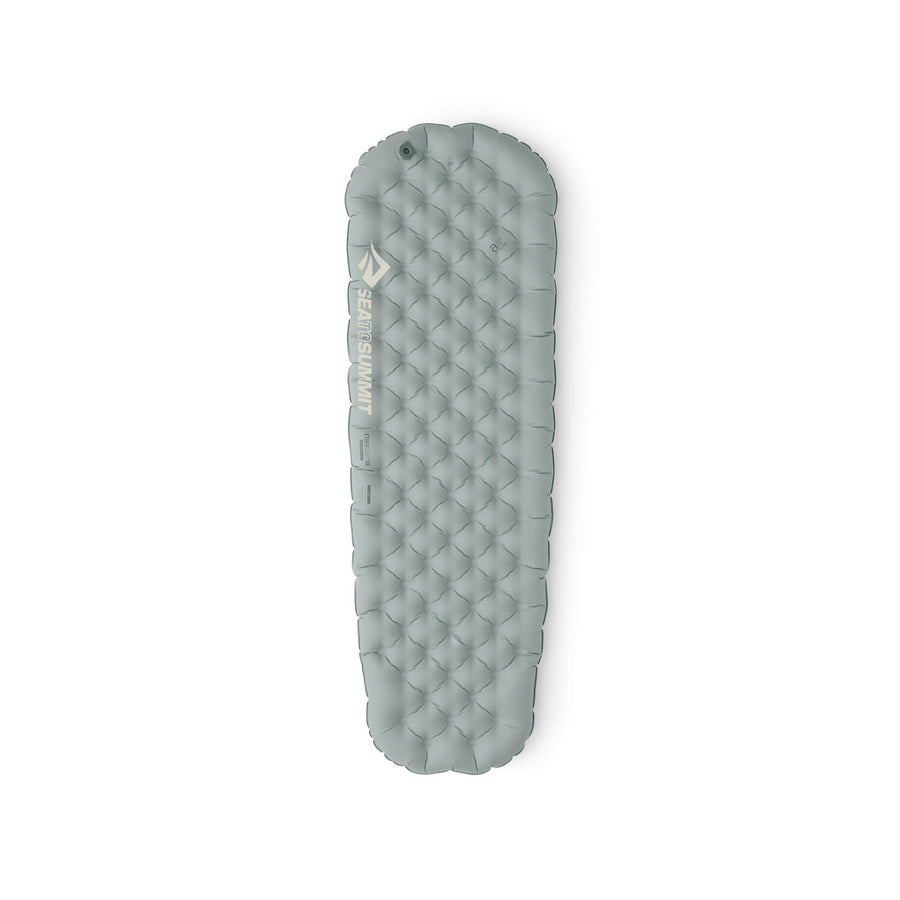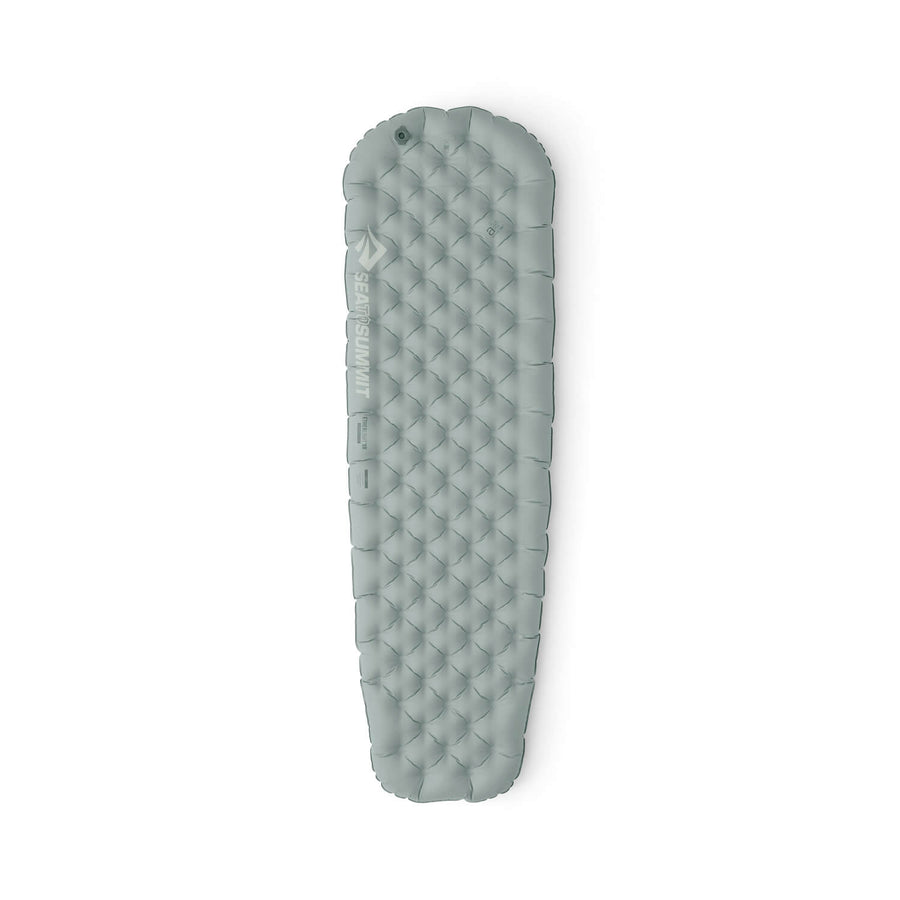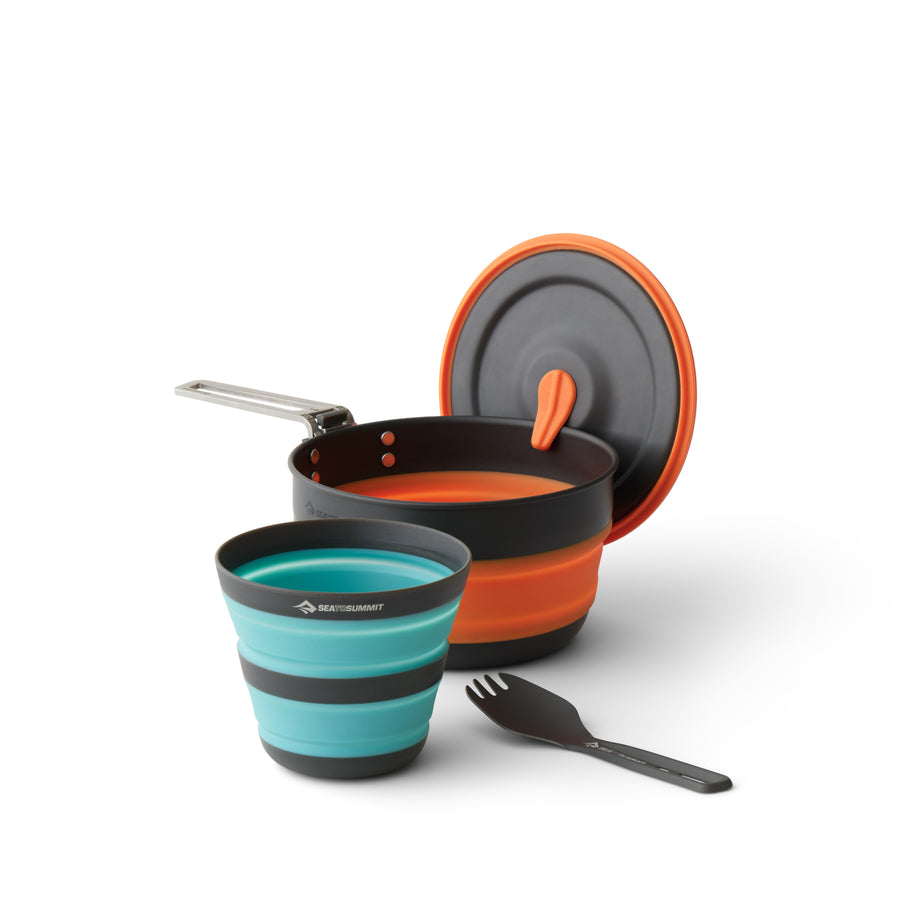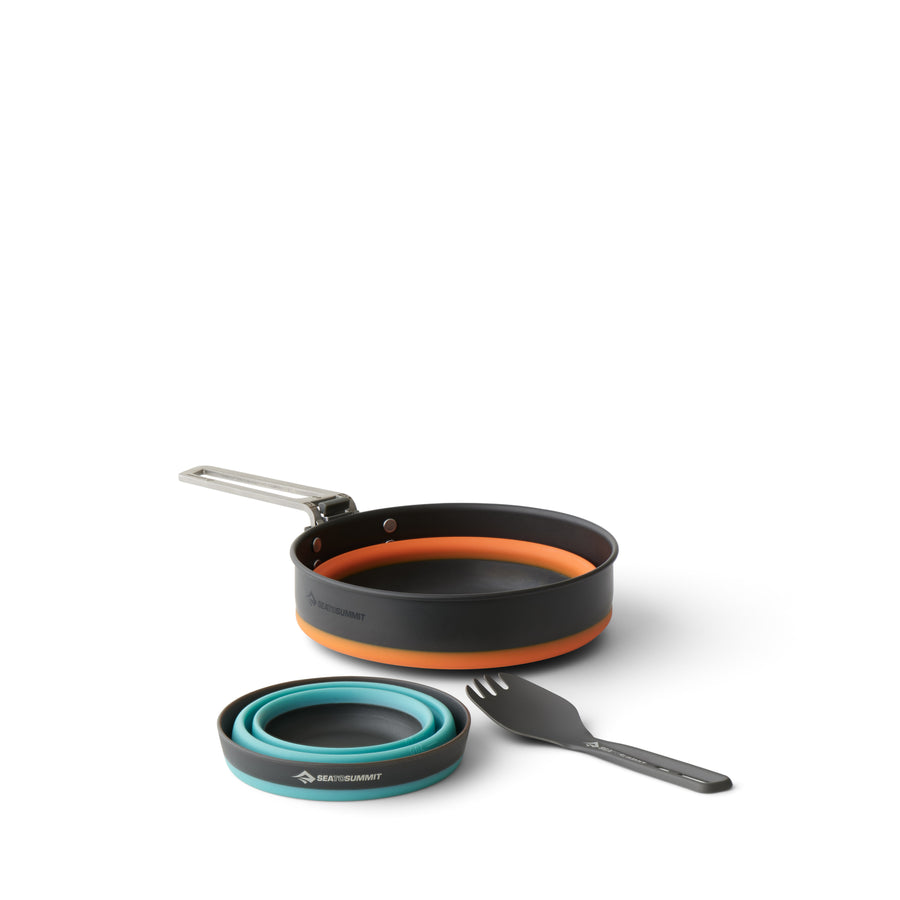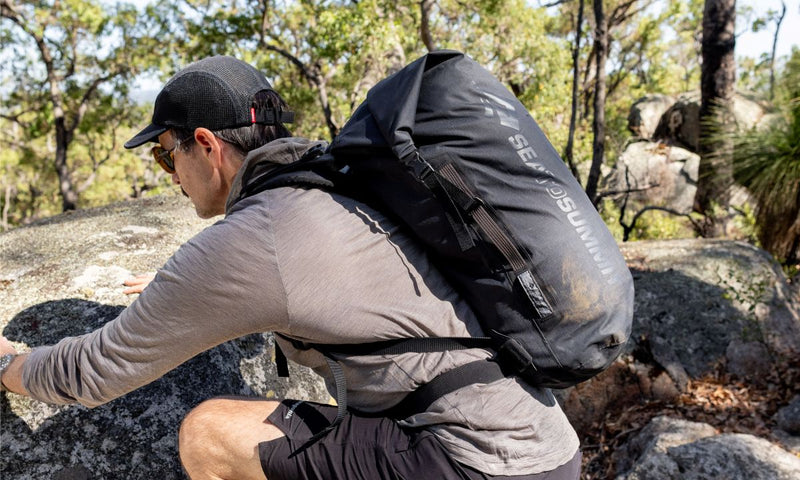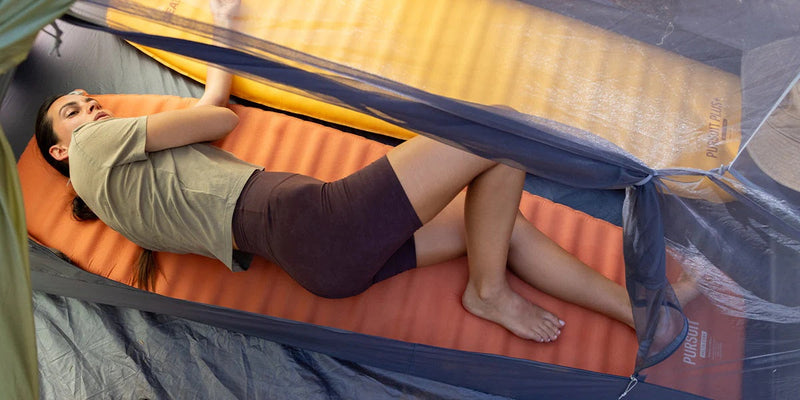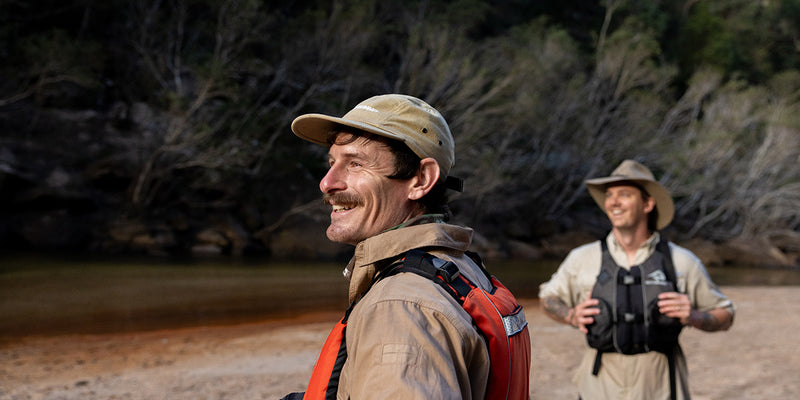Adding warmth with a liner
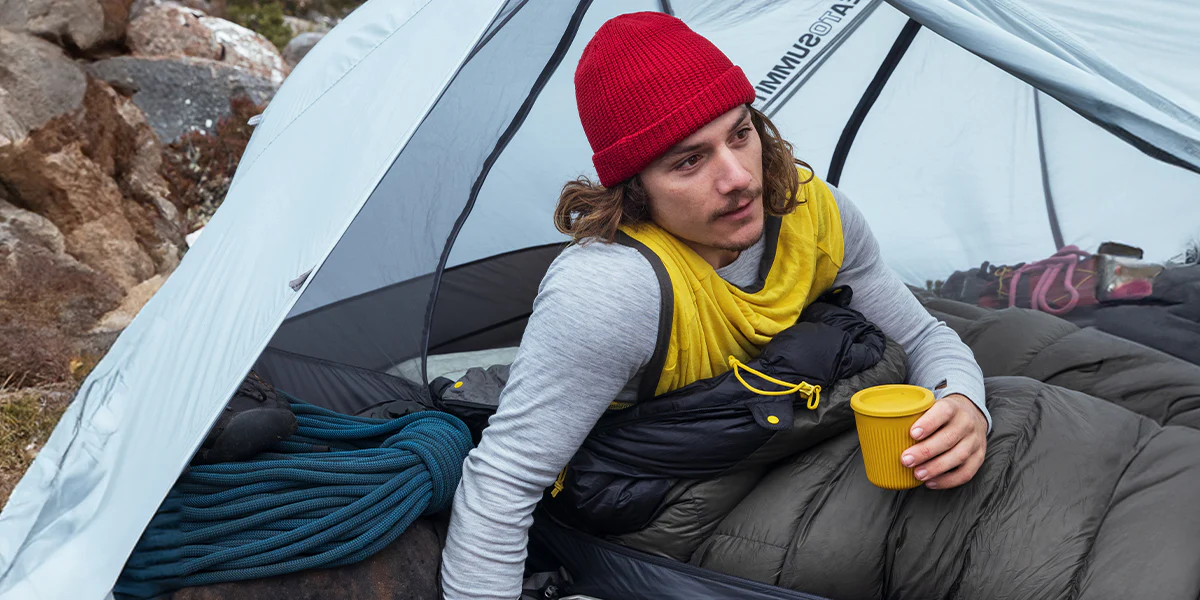
HOW MANY DEGREES FAHRENHEIT OR CELSIUS WILL A LINER ADD TO A ‘SLEEP SYSTEM’?
We regularly field questions from end-users asking how many degrees a thermal liner will add to a sleeping bag. This sounds like it should be a fairly straightforward question, but in practice there are so many variables that it is really difficult to give a definitive answer.
Understanding those variables can help you get the best possible sleep experience from the equipment you own (or are considering), so we have set out some of the details below. Alternately, if you are just looking for a short answer, scroll down to “REASONABLE ESTIMATES” below.
You will also read the term ‘Sleep System’ in this blog post – there is an explanation about this at the very end of the article.
Thermal Liners and How They Work
Sea to Summit offers three thermal liners; the Reactor, Reactor Extreme, and Reactor Fleece.
The Reactor and Reactor Extreme insulate in two ways. The fibers of the fabric have hollow cores which trap air within the yarns, and the yarns are knitted into a ‘three dimensional’ structure that traps more air (trapped air provides insulation). Additionally, they have ceramic pigments bonded to the fibers which absorb infra red energy from the sleeper and radiate it back as warmth. The fibers of the Reactor Fleece Liner have the hollow cores, but do not have the ceramic pigments.
In the past, we have attempted to quantify how much extra warmth a liner might provide measured in degrees Fahrenheit/Celsius. We even considered measuring the insulation value of a sleeping bag with and without a liner and expressing the difference between the two as a percentage. Unfortunately, there are simply too many factors which affect this type of calculation.
Key Variables that affect the thermal boost that a liner can provide
1. How well a sleeping bag retains warmth
Almost all quality sleeping bags are tested to determine their temperature rating using the ISO protocol (which superseded the older European Norm, often referred to as ‘EN’).
For the ISO test, a heated manikin is dressed in heavyweight base layers and an insulating cap - far warmer than most sleepers would ever use. The manikin is inserted into the sleeping bag, which is placed on top of a sleeping pad with an R-Value of 5.38 (more about sleeping pads in a moment). The entire assembly is positioned in a cold chamber, and measurements are taken showing how much energy is necessary to maintain the skin temperature of the manikin.
This test provides a ‘Lower’ rating (essentially a reference value for a male sleeper) and a ‘Comfort’ rating (the same but for a female sleeper). However – the manikins don’t move inside the sleeping bags, and thus the limitations of the construction of some bags do not become apparent. Those limitations include:
- How well the draft tube covers the zipper (a manikin will not ‘flip over’ an inadequate draft tube, but a moving sleeper might)
- How effectively the hood seals around your head
- Whether or not the bag has a draft collar to prevent cold air being drawn into the bag (a manikin does not roll over and draw cold air past its shoulders in the way that a live sleeper will)
- Whether the shape of the bag and footbox allow a natural sleeping position without insulation being compressed by shoulders, knees, hips and feet (the manikin lies ramrod straight, flat on its back)
- How well the insulation is prevented from shifting
All of these things cause warmth to 'leak out' of a sleeping bag. A thermal liner can only counteract this loss of warmth to a degree.
If you are building a colder weather Sleep System, it’s essential to look for a sleeping bag with the construction features detailed above.
2. How well a sleeping pad prevents loss of warmth into the ground.
Thermodynamics means that you and the planet you are sleeping on will try and even out each other’s temperature, a contest which the planet is going to win. As conditions become colder, you lose more and more heat into the ground, so the role of the sleeping pad in the Sleep System becomes greater and greater. In situations below 32°F / 0°C, the ground may well have frozen. The temperature you need to know is the ground temperature, not the air temperature published in weather reports (you may want to select a campsite based on how much sun the ground receives during daylight hours - the more the better).
The temperature of the ground (rather than the temperature of the air) is another significant variable in calculating thermal liner performance.
The resistance to heat loss through a sleeping pad is measured as an R-Value. Not all sleeping pads are tested for R-Value using the ASTM standard (if they are, this will be printed on the packaging). Untested ‘R-Values’ are merely estimates.
In general terms, for summer use, an R-value of 1-2 is sufficient. For early Fall an R-Value of 2-3 will be necessary, and for late Fall you may need a 4. Winter camping requires a 5 or greater.
However – like the sleeping bag ISO rating, the ASTM R-Value is calculated in a static test. Some air pad constructions are quite unstable, which means that the warmth you put into the pad is pushed back and forth and dissipates. For this reason, a stable air pad will provide better insulation for a moving sleeper.
No matter how good a thermal liner may be, it cannot compensate for an inadequate sleeping pad.
3. External conditions.
Moving air will take away warmth from a sleeper inside a sleeping bag. This occurs not just for people sleeping ‘under the stars’, but for end-users sleeping in ‘three season’ tents – cold winds get under the rainfly and go straight through the mesh walls of the inner tent. If you are putting together gear for cold weather, make sure your inner tent has ‘solid’ fabric walls.
Humid air and damp ground conducts energy better than dry air/dry ground. A sleeping pad/sleeping bag combination that worked well at a given temperature in a dry climate may be less comfortable in a damp environment at the same air temperature.
A thermal liner may not be able to effectively ‘bridge this performance gap’.
This is why it is so important to think of each of these ‘individual’ products – a sleeping bag, a sleeping pad or mat and a thermal liner – as components in a Sleep System.
A well-chosen sleep system will comprise of:
- A sleeping bag with adequate insulation and appropriate shape and construction for the user and the intended conditions
- A stable sleeping pad (or sleeping mat) with an appropriate level of insulation, which is large enough to ensure the sleeper does not come into contact with the cold ground
- A thermal liner (or wicking moisture management liner for warm conditions) that keeps a nice, even pocket of warm air next to the sleeper’s skin
Reasonable Estimates
Hopefully, the above will have made clear why providing a simple ‘add on’ thermal performance figure is so tricky. For those who would like an educated guess at the thermal boost they might expect from a liner (given a sleeping bag and pad that are appropriate for external conditions:
- A Reactor may add up to 4°C / 7°F
- A Reactor Extreme may add up to 6°C / 10°F
- A Reactor Fleece Liner may add up to 8°C / 14°F
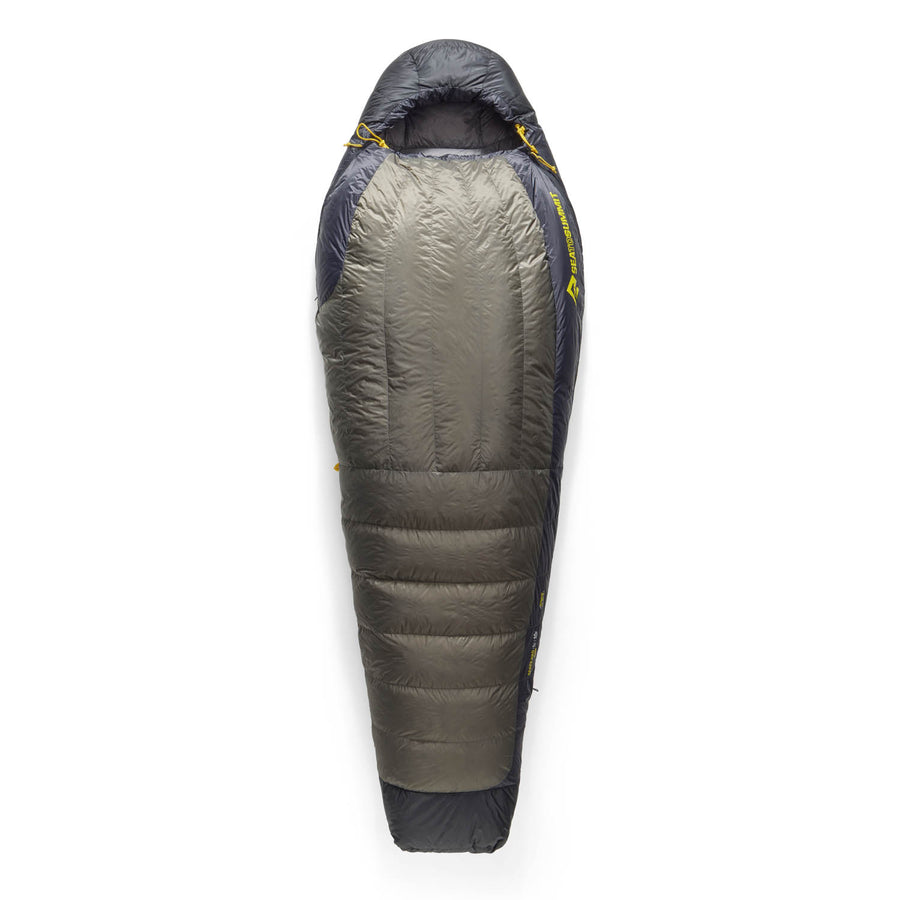
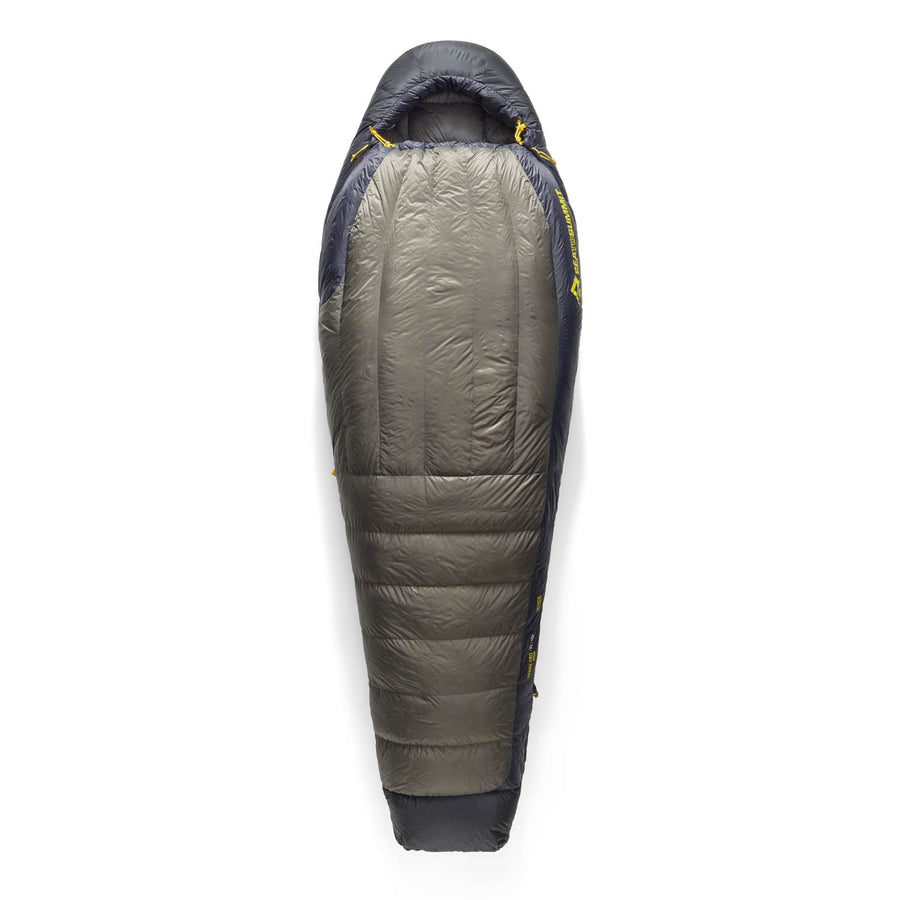
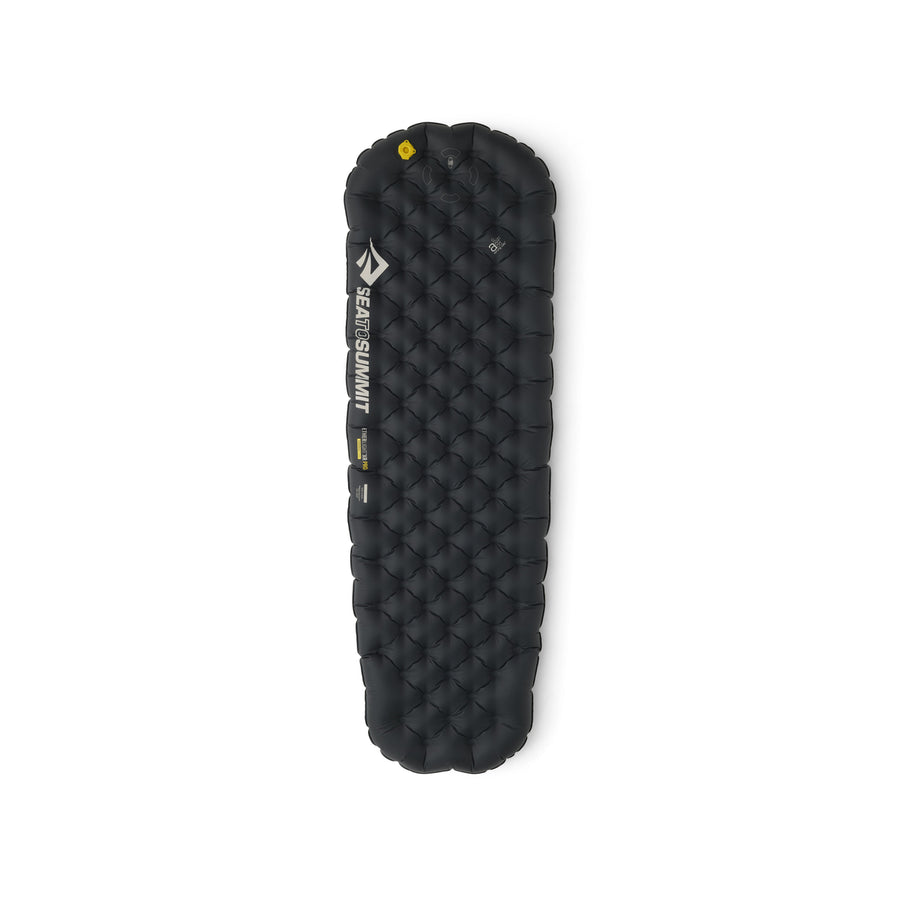
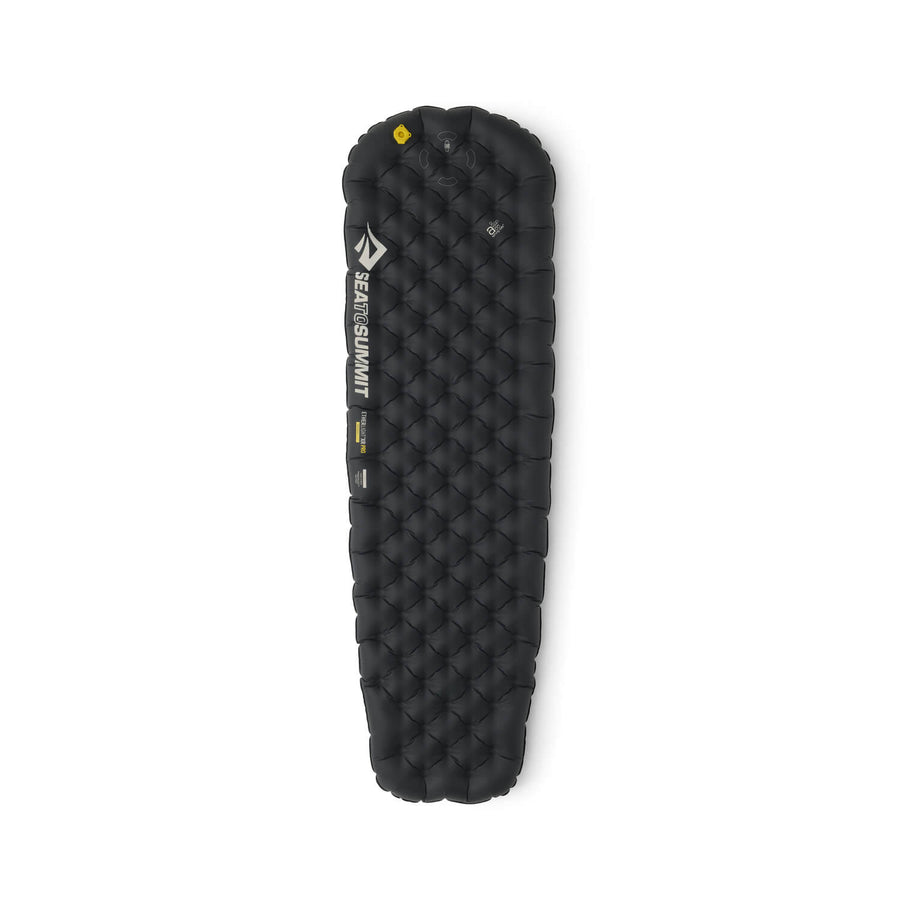
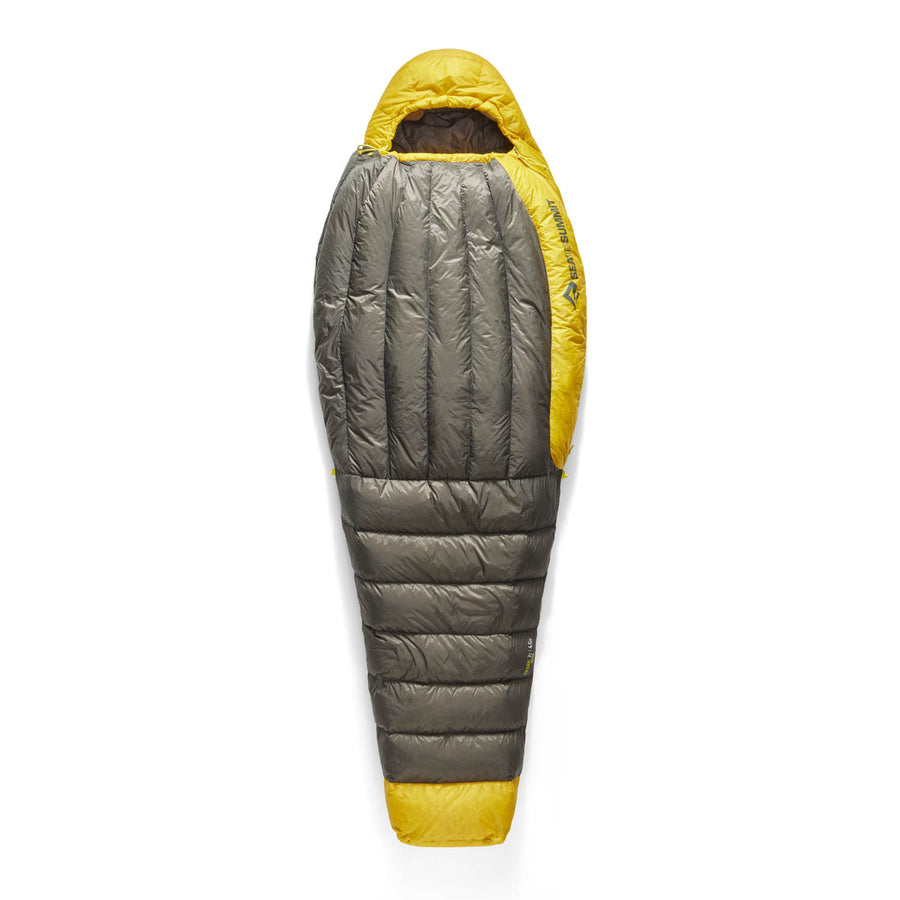
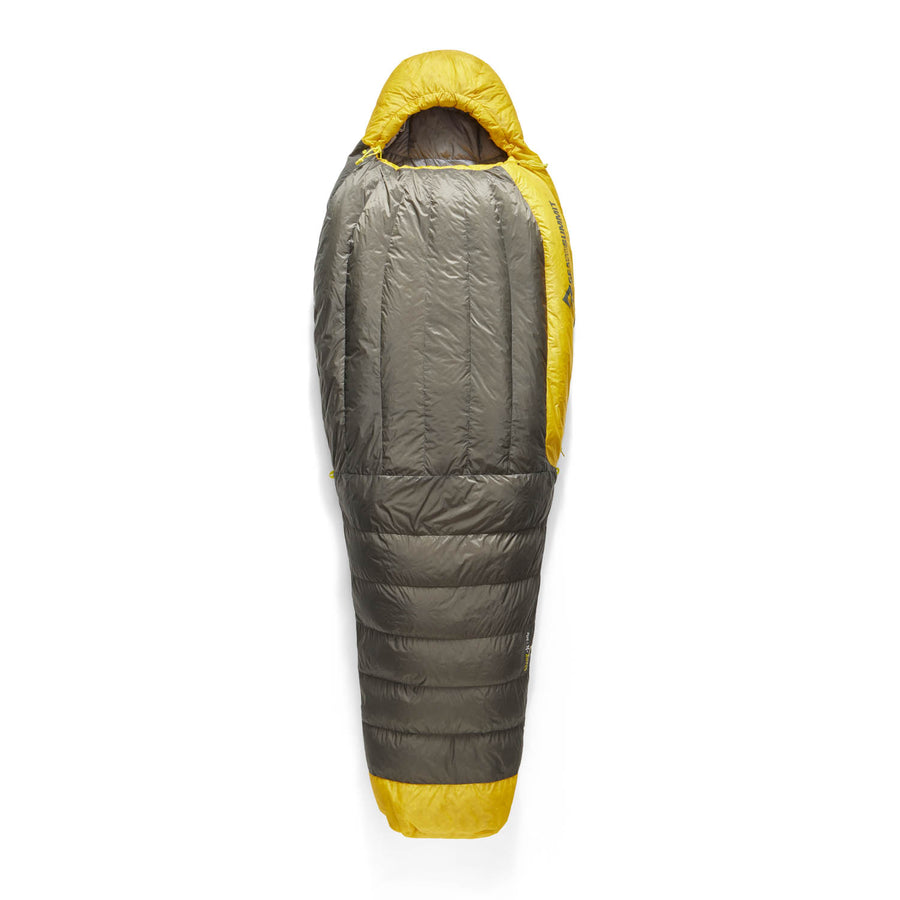
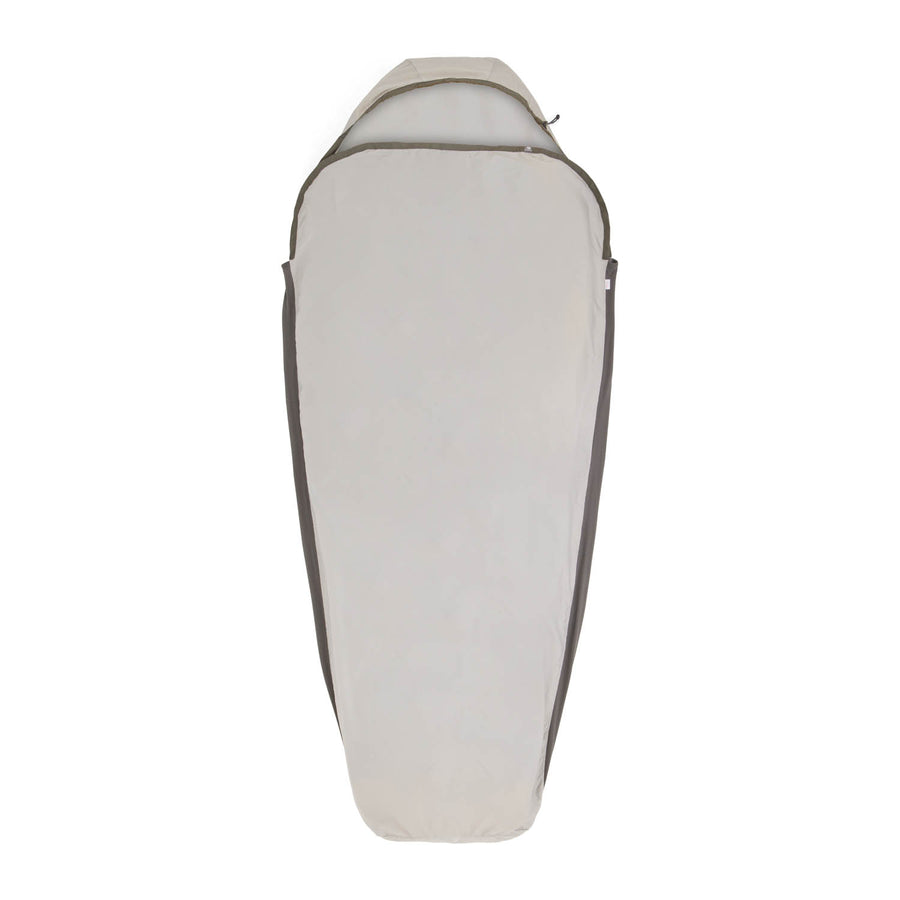
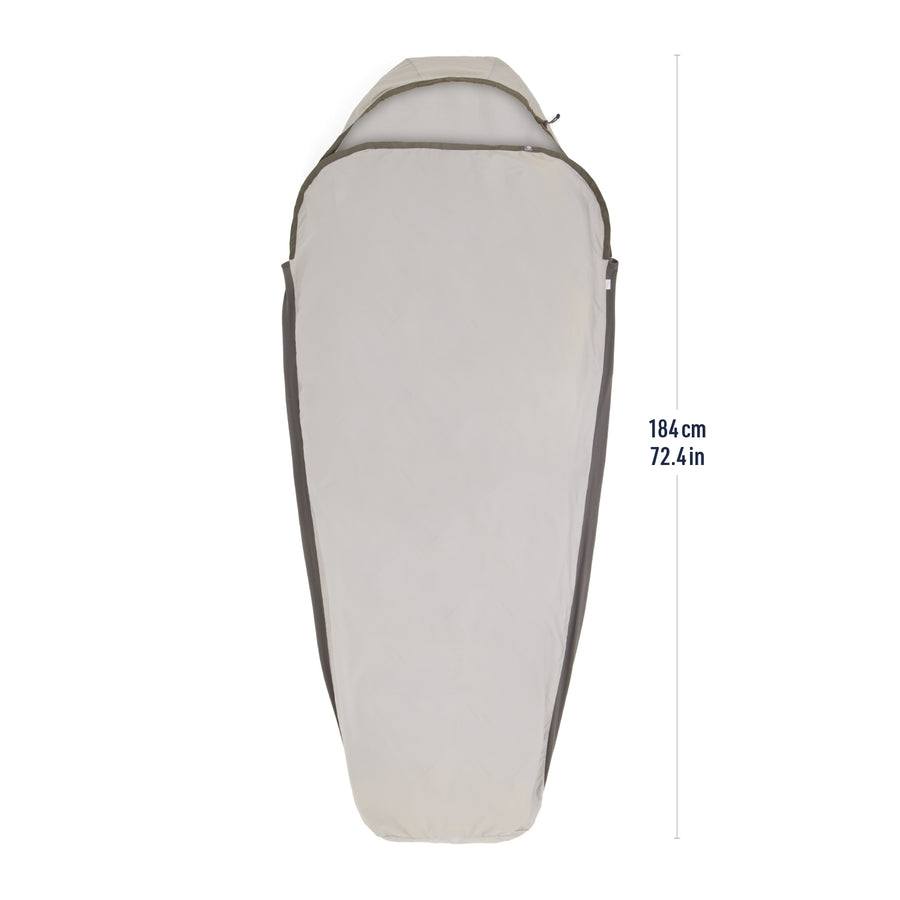
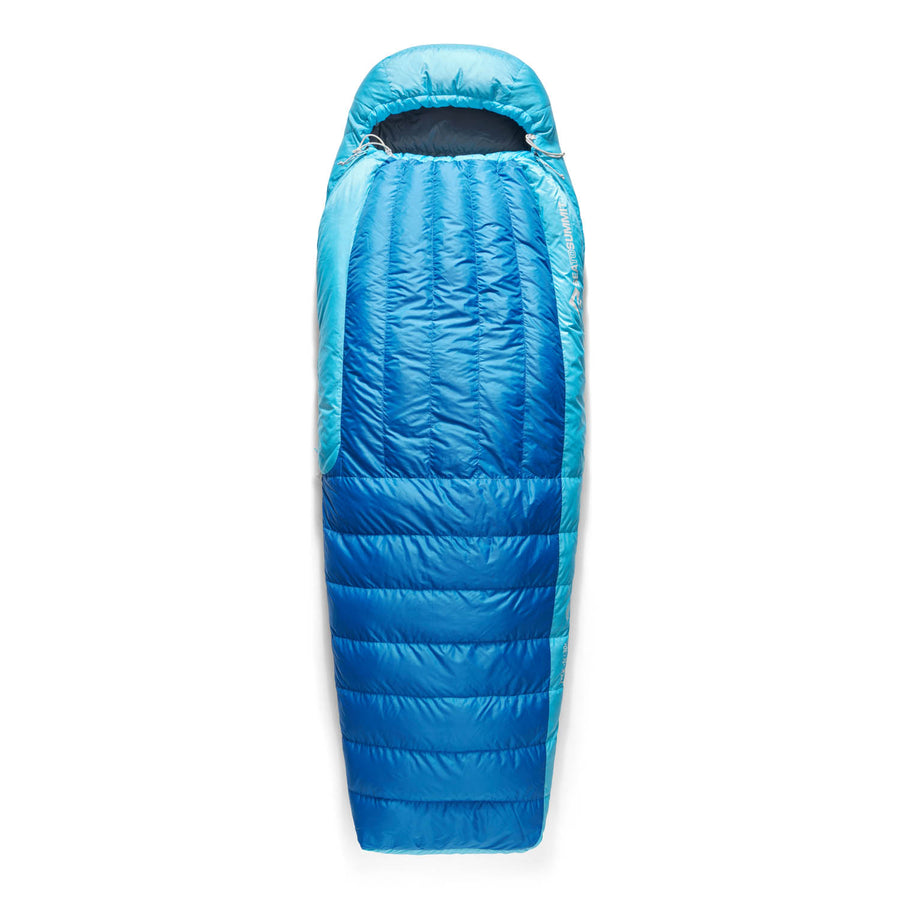
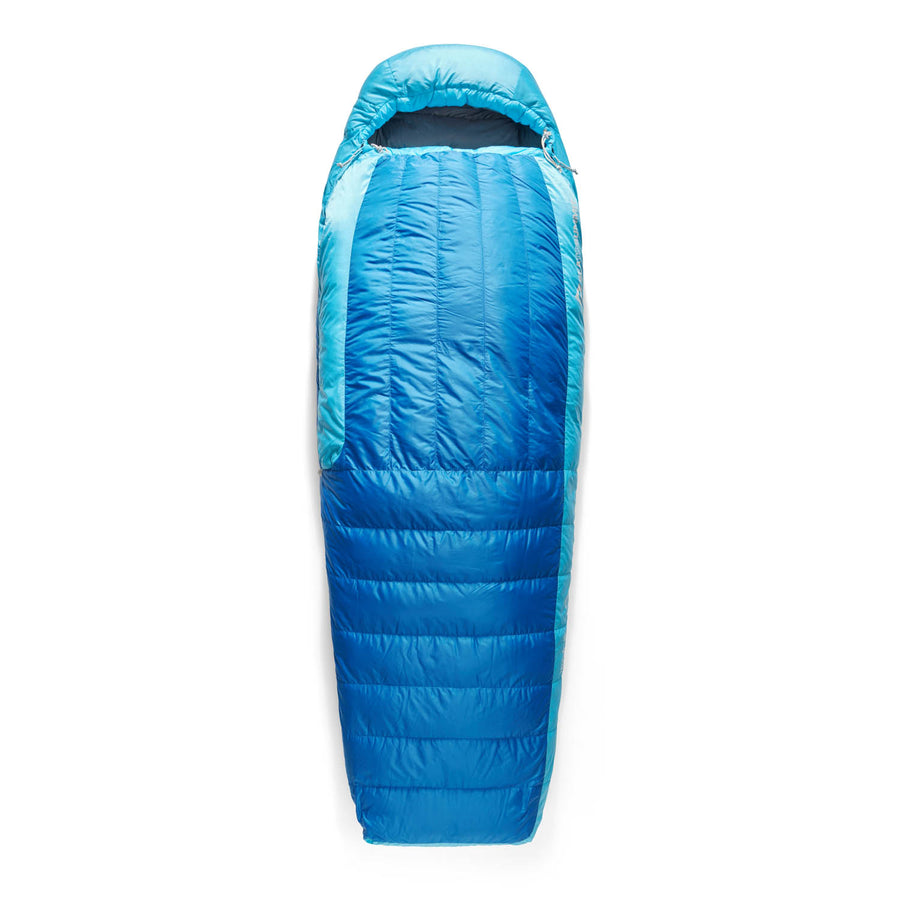
![Frontier Ultralight One Pot Cook Set - [3 Piece]](http://seatosummit.com.au/cdn/shop/files/FrontierULOnePotCookSet1P3Piece1.3LPotWithS-BowlandCup_ACK027031-122114_PRIMARY-1200x1200-9c6bd91.jpg?v=1749433473&width=900)
![Frontier Ultralight One Pot Cook Set - [3 Piece]](http://seatosummit.com.au/cdn/shop/files/FrontierULOnePotCookSet1P3Piece1.3LPotWithS-BowlandCup_ACK027031-122114_ADDITIONAL_1-1200x1200-9c6bd91.jpg?v=1749433473&width=900)
